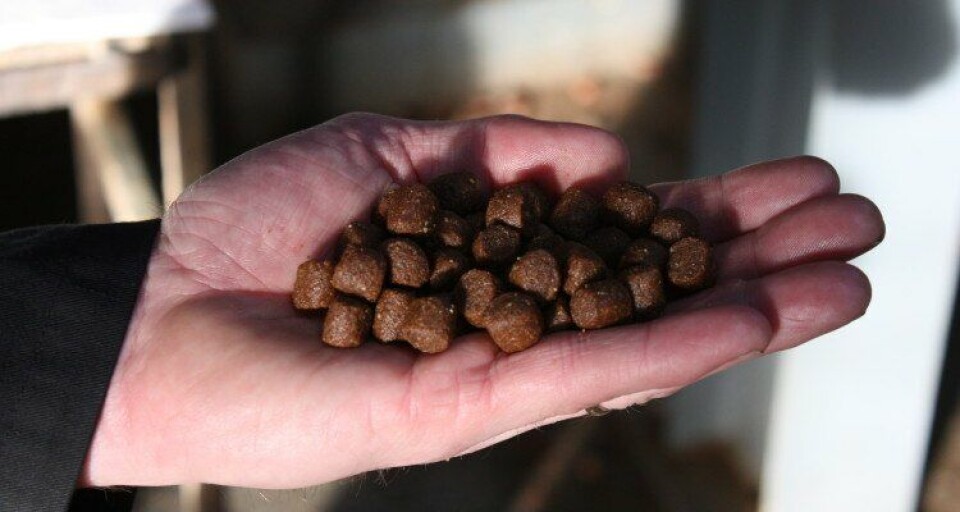
Mowi manager credits cage cameras for big feed savings
The manager of one of Mowi Scotland’s salmon farms has credited fish cage cameras for a dramatic improvement in feed conversion ratios (FCRs) at the company’s Linnhe network of sites.
Allan Murdoch, who runs Mowi’s Gorsten farm, said that while the average FCR for salmon is 1.2 (a fish needs around 1.2kg of feed to grow 1kg), the Linnhe network is now regularly producing FCRs of 1.02 to 1.07.
Cameras have been used at Gorsten for over 15 years and were rolled out across the whole of Mowi a few years ago, and Murdoch is in no doubt about their benefit.
Saving money
Speaking to Mowi Scotland’s staff newsletter, The Scoop, he said: “Before the cameras, you had to go by surface response, you couldn’t see into the pen to check that the salmon were eating below the surface. Now the cameras show us everything and we have found that we can feed the fish a lot more accurately, improving both conversion and growth, which of course, saves us money.”
With feed accounting for more than 50% of the cost in fish farming, Murdoch believes the camera operator, who is in control of the feed, has the most important job on the farm.
On a global level last year, Mowi used 1.14kg of feed to grow 1kg of salmon, according to its annual report.
More fish out than in
Mowi’s fish in-fish out (FIFO) ratio, which expresses the number of kilograms of wild fish it takes to produce 1kg of salmon, was 0.75 last year (0.73 in 2017), meaning that a smaller volume of fish was caught for Mowi’s feed than was produced by its farms.
The FIFO ratio refers specifically to forage fish caught for the purpose of producing fish feed and does not include trimmings from other fish products which are used to supplement the fish meal and fish oil in salmon diets.
North-east Atlantic
In 2018 Mowi used 43,397 tonnes of blue whiting, capelin, Atlantic herring, North Sea herring, Norwegian spring spawning herring, sprat, pout, sand eel and trimmings from mackerel, capelin and herring – all sourced from the north-east Atlantic - plus 3,111 tonnes of Gulf menhaden from the USA, to produce its fishmeal.
Most of the 36,123 tonnes of fish, including trimmings, used to produce fish oil for its feed came from the US (10,422 tonnes of Gulf menhaden), Mauritania (8,147 tonnes of sardinella), Iceland and Denmark (7,324 tonnes of blue whiting, capelin, North Sea herring, Baltic herring, Norway pout, sprats and trimmings from mackerel, cod and herring) and Turkey (6,255 tonnes of European anchovy). The remainder came from Peru.























































